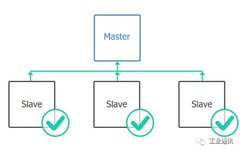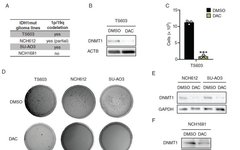Basic Principles and Applications of CANopen (Part Five)
1, NMT Messages CANopen devices have three states: pre-operational, operational, and stopped. By default, after startup, they automatically enter the pre-operational state, during which PDO messages cannot be sent. If PDO messages need to be sent, the device must be manually switched to operational (run) state after startup. The following message can be sent to … Read more



